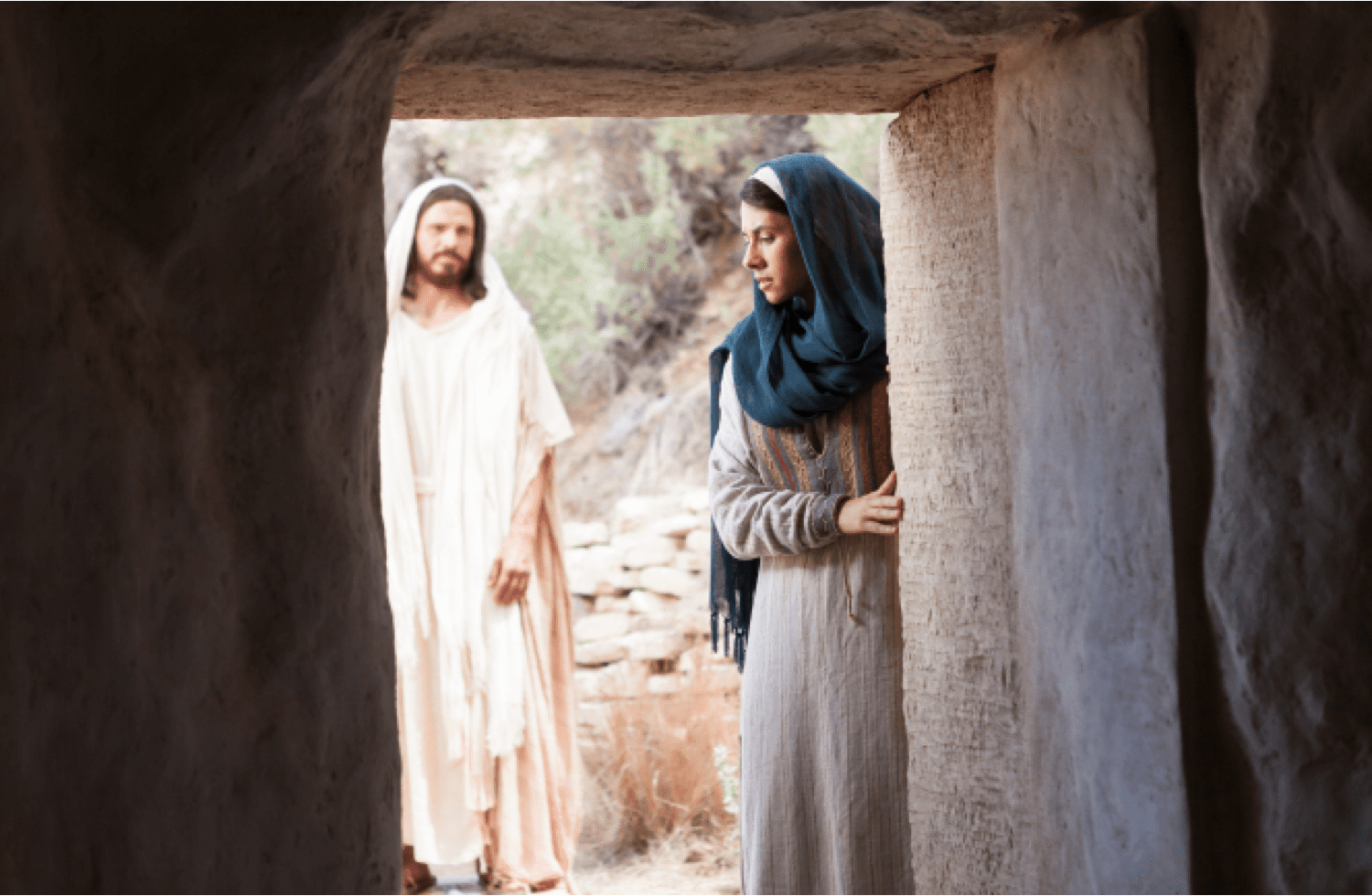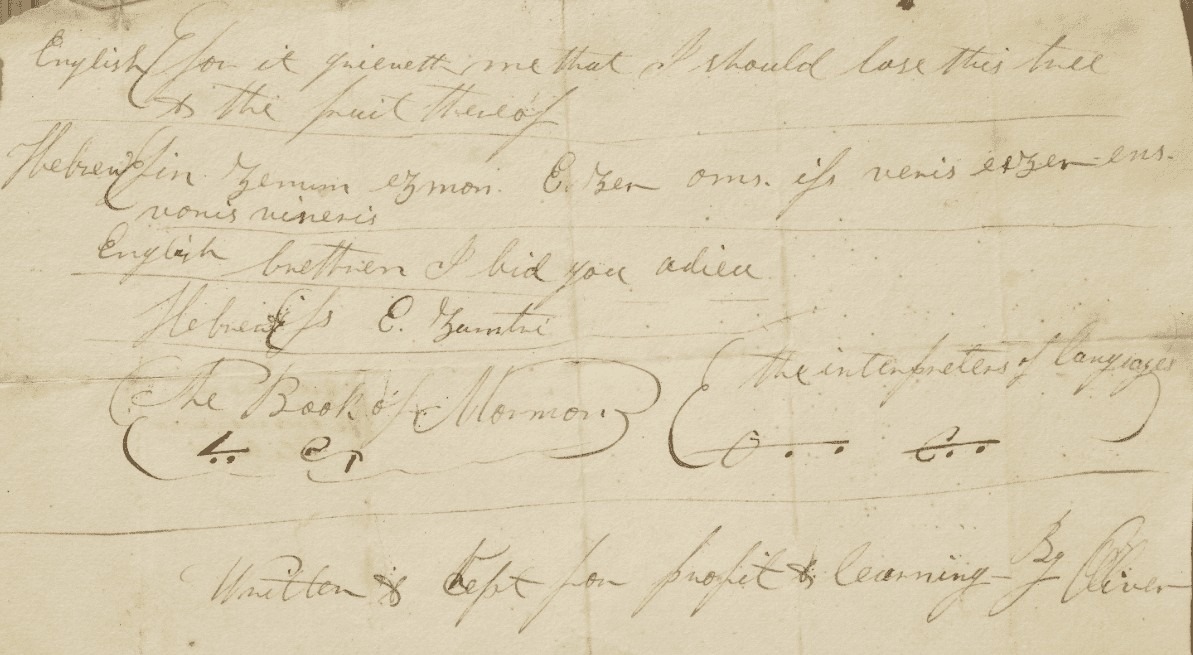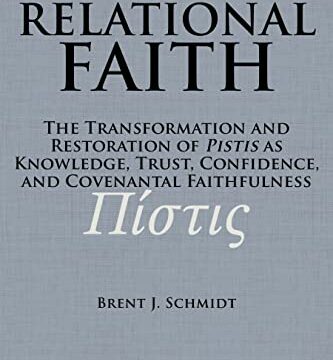Last month I had the pleasure of speaking at the FAIRMormon Conference in Provo, where I spoke about the ancient biblical theme of “dust” that is so artfully woven into the Book of Mormon, a topic I’ve discussed here in the past and have published at The Interpreter (also see Part 2 and Part 3). For my opening slide, I selected a freely available image from the Media Library at LDS.org. The image depicts Mary standing at the empty tomb, with the “gardener” in the background, though of course it is actually the Lord, freshly risen from the dust.
 |
| Mary puzzling at the empty tomb: evidence of a misdeed or fraud? |
After selecting this image, it occurred to me that it is relevant to the issue of examining evidence for miraculous events, including the miracle of that voice from the dust, the Book of Mormon. I mentioned this both at the beginning and again at the end of the presentation, where I showed it again as I made my concluding remarks.
Mary is looking at evidence for the greatest miracle of all time, the miracle of the Resurrection of Christ. Yet as she beholds the evidence of the empty tomb, she apparently sees it as evidence of something wrong–a gross violation of Jewish practice, or perhaps deception, fraud, or theft. Thus, her question to the “gardener” was, “Sir, if thou have borne him hence, tell me where thous hast laid him” (John 20:15).
It was only when she recognized the voice calling to her and turned to look more closely at the “gardener” that she could see things more clearly: what she had encountered was evidence of a divine miracle, not wanton misbehavior.
The Book of Mormon is a continuing and powerful witness for the reality of the Resurrected Lord that abounds with evidences of the divine. But we can look at every aspect of the evidence with doubting eyes and see only fraud and deception. The numerous witnesses of the reality of the gold plates and of the translation process? We can see that as evidence of conspiracy. Other evidences can be downplayed, ignored, dismissed as a lucky guess, or recast as evidence of fraud pointing to Joseph furtively drawing upon various texts, maps, scholars, etc.
King Benjamin’s speech, for example, can be seen as just a 19th-century religious revival meeting dressed up in KJV language, obviously a fraud based solely upon Joseph’s environment, while others look at the same speech with astonishment as it abounds with Hebrew poetry (over a dozen clear chiasms and many other interesting forms of parallelism), reflects ancient Near Eastern coronation rituals, embodies all the elements of the ancient Near Eastern covenant formulary that was not elucidated until the 20th century, and poses numerous challenges to any theory that it was based on Joseph’s environment. And yes, it appropriately and aptly connects the theme of dust to both coronation and covenant making, beautifully in line with modern scholarship on the rich covenant-based meanings of dust as motif in the ancient Near East. Not bad for a farm boy dictating for a couple of hours from his hat. Hats off to Joseph’s technical advisory committee!
May we look past our initial assumptions of fraud and listen to the gentle, divine voice that beckons to us from the pages of this divine record from the dust, a new witness and source of evidence for the risen Lord and for the Restoration of the Gospel of Jesus Christ. It is only when we listen more closely, then turn and look with a fresh perspective that we will be able to embrace with the joy the blessings that await us, and find the more powerful evidences of one of the great miracles of all time in the Book of Mormon. It is true, and there are rich evidences of its truthfulness that await you, though we are given the freedom to look at the evidence however we wish.












Jeff, this is an excellent observation. 'Process' is always secondary. The 'fruit' or the product is what is most important which contains the higher truth. It is not surprising that critics of the miracles of the restoration or of Christianity as a whole focus on the 'process', or the physical truth as a tool.
Interesting analogy!
For me, it brings up the question why would Mary Magdalen not have recognized the person who saved her from being stoned and to whom she devoted for the remainder of her life? That seems implausible at best. All the more so if she was one of Jesus' wives.
On the other hand, if Jesus had transformed his appearance deliberately so that she wouldn't recognize him, why would that be? Seems a bit cruel to toy with her emotions like that. What point would that serve? Isn't it a bit manipulative rather than illuminating how she could "easily" misjudge evidence of a miracle?
It's also interesting that of the four Evangelists I think it's only John who recounts the presence of a "gardener". That strikes me as curious.
Finally, what does any of this have to do with dust?
Hi 8:18 Anonymous,
– Where does it say that Mary Magdalen was about to be stoned?
– Where does it say that she was one of Jesus' wives?
– Where did you get the idea that Jesus transformed himself to be unrecognizable?
– And then you come to a conclusion based on an assumption that Jesus was being manipulative
– Why is it curious that people decide what to include and what to exclude when telling the same story?
– What does it have to do with dust? I'll take a stab at this one. Ecclesiastes 3:20 – Essentially from dust to dust. Rising from the dust is a metaphor for resurrection. The Book of Mormon coming from the dust is a resurrection of sorts of a the knowledge of a lost people.
Here is a Wikipedia article about Mary Magdalen: https://en.wikipedia.org/wiki/Mary_Magdalene
Steve
Anonymous 8:18, Mary was in deep grief. She was not looking for the risen Lord; no one had ever been resurrected before. She was looking for the body of Jesus, so she could “properly” wrap it with spices, etc, since the body had been hastily prepared for the tomb due to the coming Sabbath. It seems perfectly logical to me that she would assume any person there was the gardener – until Jesus spoke to her. Then she recognized Him.
Delete this post. It's stupid.
"Mary was in deep grief. She was not looking for the risen Lord; no one had ever been resurrected before. "
What about Lazaras?
Jeff, this is a bit of a straw man:
King Benjamin's speech, for example, can be seen as just a 19th-century religious revival meeting dressed up in KJV language, obviously a fraud based solely upon Joseph's environment.
My "anti" claim is actually not so exclusive. I'm not claiming that Joseph's cultural environment can explain everything about the Book of Mormon. Rather, the claim is more like this: The Book of Mormon resulted from Joseph (and perhaps others) using elements of their environment as grist for the mill of their religious and literary imagination. That imagination can, of course, produce elements not otherwise accounted for by the environment itself. But there's nothing in the Book of Mormon that compels us to see it as either ancient or divine.
Also, why the continued emphasis on chiasmus? I don't see the significance of it. Chiasmus is part of Joseph's 19th-century environment, for the simple reason that chiasmus is so prominent in the Bible, and the Bible, of course, was a ubiquitous part of Joseph's environment.
If Joseph was mimicking the style of the Bible, then it shouldn't be surprising that he would reproduce some its signature stylistic elements, such as chiasmus.
Any word yet on whether Stanford Carmack has gotten any of his linguistic arguments past secular peer review? I'm guessing the answer to this is "no."
— OK
"…there's nothing in the Book of Mormon that compels us to see it as either ancient or divine."
If that is your chosen perspective OK, how do you categorize the fact that details of Lehi's journey mentioned in the text so closely match relatively recent discoveries in the Arabian peninsula in name, times and locations?
Luck?
For that matter, what "compels us" to see anything as divine?
Also, why the continued emphasis on chiasmus? I don't see the significance of it. Chiasmus is part of Joseph's 19th-century environment, for the simple reason that chiasmus is so prominent in the Bible, and the Bible, of course, was a ubiquitous part of Joseph's environment.
Of course, the presence of chiasmus in the BoM couldn't be attributable to the simple reason that it was produced by the same people or lineage (or from the same environment) as those that produced the Bible, could it?
It could be, bearyb, but that doesn't matter. The apologist's job is to find evidence that can only plausibly be explained by ancient Hebraic authorship.
Consider the phrase And it came to pass. The Book of Mormon could use this construction so much for "the simple reason that it was produced by the same people … that produced the Bible." But the reason could just as easily be that the phrase is so common in the KJV that Joseph was reading in 19th-century America. In mimicking the Bible, Joseph naturally mimicked many of its stylistic features.
This is why apologists never cite the prevalence of this phrase as evidence of ancient origins. Even they, as eager for evidence as they are, can see the silliness of such a claim.
This stuff is so basic there should be no need to point it out.
Also, let's not forget that Alma 36 is not a chiasmus at all. It's an artifact constructed by selectively eliding the substantial blocks of text that break the chiastic pattern.
This is a chiasm:
(1) I am Sam, Sam I am.
This is not a chiasm:
(2) I am a character in a Dr. Seuss book, and my name is Sam. By calling me Sam, Theodore Geisel was suggesting that what I am is an ordinary man.
Alma 36 is much closer to (2) than to (1).
— OK
The apologist's job is to find evidence that can only plausibly be explained by ancient Hebraic authorship.
Apparently even that doesn't matter. Some such evidences have been discussed, but they don't seem to grab your attention.
It has been my understanding that an apologist simply defends. Granted, some defenses are better than others.
Still, if you are waiting for "proof" of ancient authorship or divine intervention based on the text alone, you'll be waiting for a long, long time.
Still, if you are waiting for "proof" of ancient authorship or divine intervention based on the text alone, you'll be waiting for a long, long time.
Yep. The Book of Mormon is funny that way.
There's no problem at all demonstrating the ancientness of the Bible, the Q'ran, the Epic of Gilgamesh, the Analects of Confucius, the Ramayana, The Republic, etc., etc., etc. Their ancient provenance is not even an issue. It requires no faith, no prayer, no invocation of the "spirit."
But the Book of Mormon? To all the world it looks like a 19th-century text, it sounds like a 19th-century text, it reads like a 19th-century text. Only with the eye of faith can it be seen as anything other than a modern work.
If only there were some explanation for this.
— OK
To all the world it looks like a 19th-century text, it sounds like a 19th-century text, it reads like a 19th-century text. Only with the eye of faith can it be seen as anything other than a modern work.
"All the world?"
Most of the world doesn't even know it exists. And among those who do, there are at least a few that do view it with the eye of faith.
No worries, such points of view as yours were clearly prophesied of, so it is magnanimous of you to help in its fulfillment.
Out of curiosity, which of those ancient texts you mentioned include any promises of knowledge about their provenance (or veracity) that does not rely on empirical research? In other words, do any of them encourage the reader to have anything like belief or "faith" that what they say is true?
Do any of them make claims that how the reader accepts or rejects them will have bearing on their temporal and/or eternal welfare?
Do, or would you take any such claims seriously?